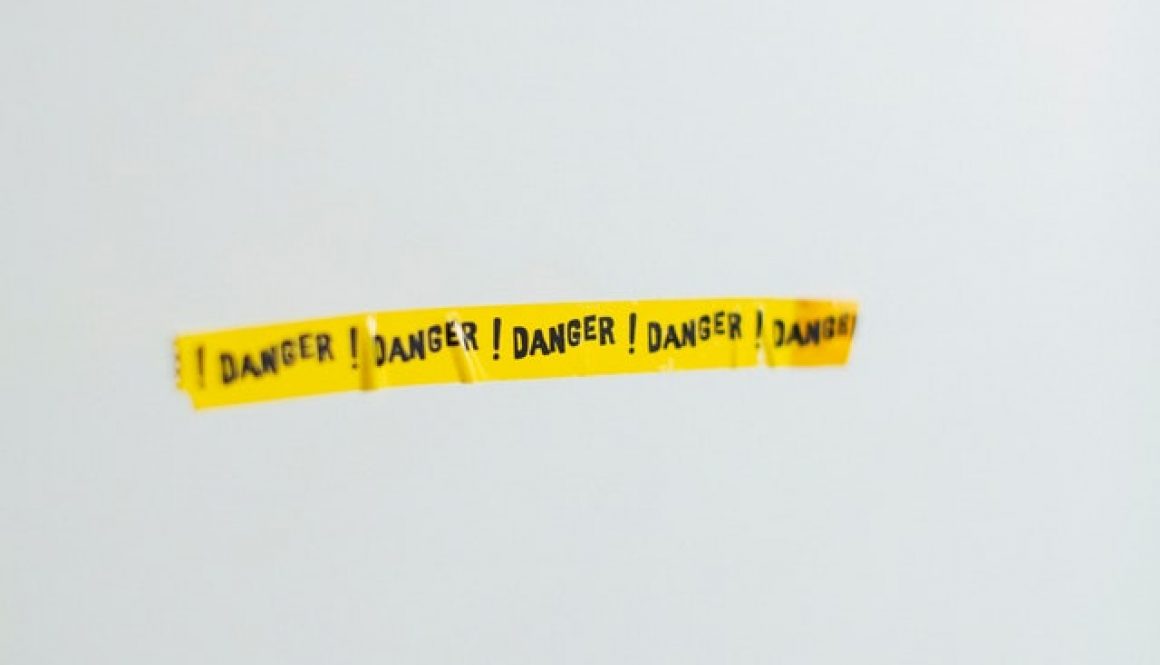Will Cleaning Vinegar Kill Mold? Our Answer and Solution
Mold is something that can be extremely unsightly to view while also posing many health risks. As such, removing it should be done on a high priority basis. Mold can be quite stubborn to remove which is why some of the chemicals that are available commercially to remove mold are too strong and can cause their own set of health problems. That is where vinegar comes in. It is organic and has no ill-effects on your health. However, this does lead to the obvious question “will cleaning vinegar kill mold?” Before we answer this question, we will explain why you need to remove mold.
Mold is bad:
Most people look at methods to remove mold mostly because it can look really ugly. However, aesthetics are the least of your worries. Mold can also affect the well being of the people inhabiting the house. It can aggravate allergies and cause respiratory tract infections and irritations. Now that it is clear why mold should be removed, let us find out if vinegar can be used to remove it.
Will cleaning vinegar kill mold?
Vinegar being a natural acid means that it has the potential to kill mold and the good news is that cleaning vinegar will kill mold. What follows is a step by step instruction on how to use vinegar to kill mold.
You will need cleaning vinegar, gloves, a spray bottle, warm water, and a few pieces of clean cloth.
Step 1: Proper preparation
Get cleaning vinegar and do not dilute it. Wear gloves as prolonged exposure to vinegar can cause skin irritation. Fill the spray bottle with enough vinegar to cover the entire mold-affected area.
Step 2: Apply the vinegar
Use the spray bottle to completely cover the mold-affected area. Just ensure that the surface you are spraying the vinegar on isn’t unsealed stone or anything similar that can get etched by vinegar. Let the vinegar sit for an hour.
Step 3: Wipe off the dislodged mold
Using the cloth, wipe off the dislodged mold. This should be easy if the vinegar had enough time to work its magic. Dilute vinegar might take more time to work. If the mold problem is serious then it can be difficult to remove the mold with a single application and that is where the next step comes in.
Step 4: Repeat if needed
If you find mold remaining or being too stubborn then you can repeat steps 2 and 3. Don’t try to remove the mold by applying force. If it still doesn’t come off after a couple of tries then the mold problem might need professional intervention.
There you have it. This is quite an uncomplicated way of combating mold problems. There are a few precautions you do need to take though. The first is, as we alluded to earlier, ensuring that the vinegar is safe to be used on the mold affected area. Next would ensure that none of the dislodged mold particles enters your breathing tract. Vinegar will also leave an odor behind but it will subside in a few hours.

